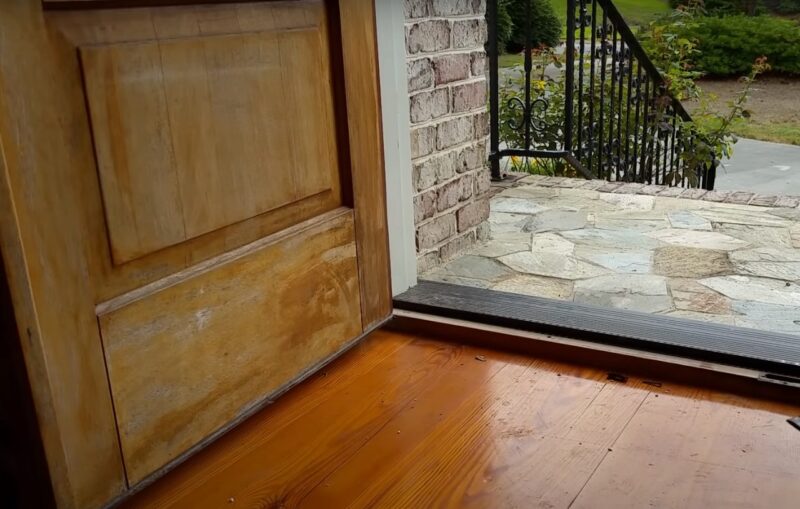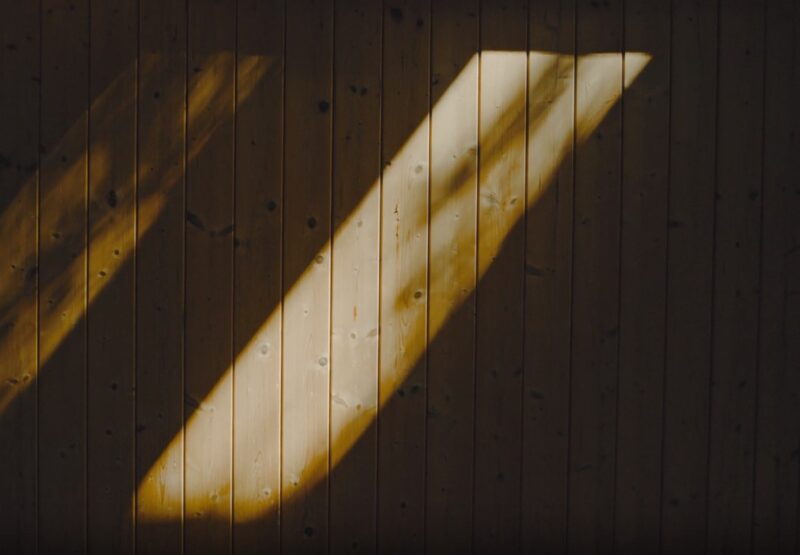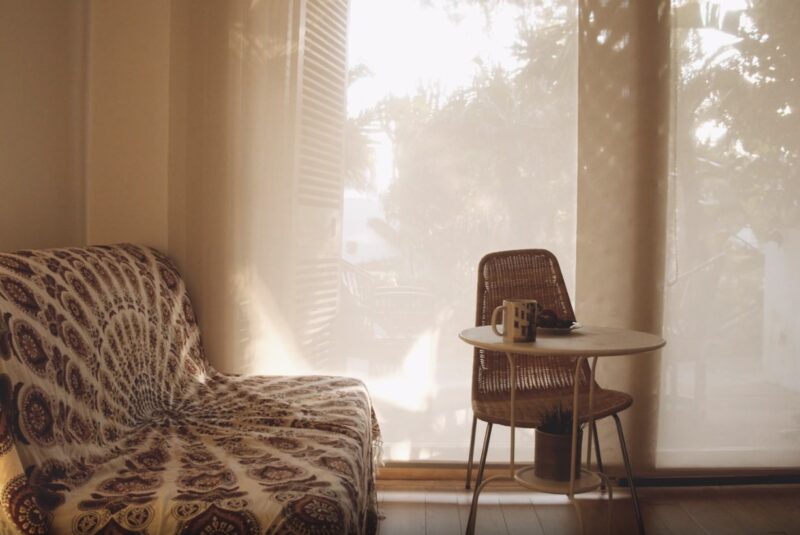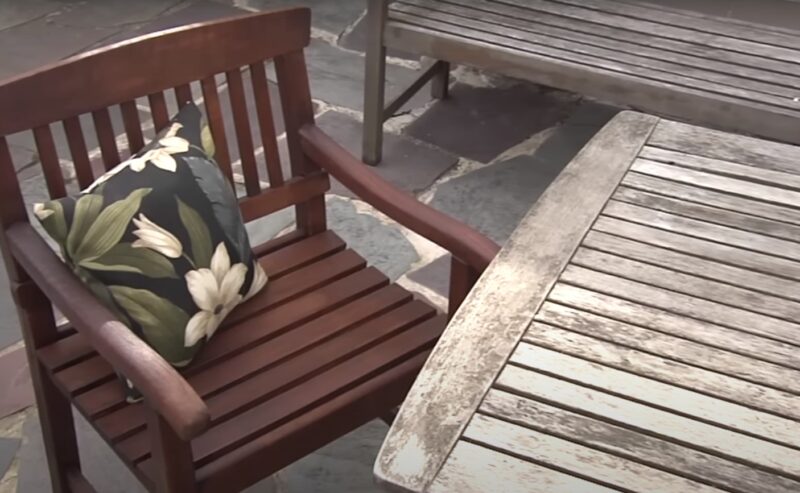Imagine leaving your favorite chair outside all summer in Arizona. When you finally sit in it again, you notice it’s not as bright and new-looking as before. That’s sun bleaching – when the sun fades and wears things out.
In Arizona, this isn’t just a minor issue; it affects everything from our homes and cars to our gardens. It’s a familiar struggle for anyone living here, watching their favorite things lose their sparkle under the sun.
Key Takeaways
- Sun bleaching occurs when items are exposed to sunlight for prolonged periods, leading to color fading and material degradation due to a process called photooxidation.
- It is influenced by the intensity of sunlight, duration of exposure, material type, and presence of protective coatings.
- It affects a variety of materials, including human hair, wood, plants, textiles, plastics, and paints, leading to color loss and structural damage.
- Protective measures such as using UV inhibitors, strategically placing items to reduce direct sunlight exposure, and applying protective coatings can mitigate the effects of sun bleaching.
The Basics

Sun bleaching is when items lose color after being in the sun for a long time. For example, a green plastic hose left outside turns light green instead of its original deep green. This happens to almost everything, even new patio furniture, which can lose its fresh look. Thats why is very important
Over time, sun bleaching affects many outdoor items, changing their appearance. Sun bleaching happens because sunlight causes a chemical reaction in the dyes of an object. This process, known as photooxidation, involves the sun’s UV rays changing the color of things like patio furniture.
It’s not just about fading colors; the sun’s power can weaken materials, making them brittle over time. This process is relentless, gradually altering the look and strength of outdoor items.
Which Factors Influence It?

Several factors influence the rate and extent of sun bleaching:
- Intensity of Sunlight: Stronger sunlight means more UV rays, accelerating bleaching.
- Duration of Exposure: Longer exposure to sunlight increases the chances of bleaching.
- Material Type: Different materials react differently to UV rays, with some being more susceptible to bleaching.
- Presence of Protective Coatings: Some materials have UV-resistant coatings, which slow down the bleaching process.
Effects of Sun Bleaching
| Element/Material | Effects of Sun Bleaching | Mitigation Strategies |
|---|---|---|
| Human Hair | Lighter color due to melanin breakdown, increased brittleness due to dryness. | Using hair products with UV protection. |
| Wood | Color fading and breakdown of lignin lead to cracks and warping. | Applying UV-resistant varnishes, using natural oils for certain woods. |
| Plants | Leaf bleaching, impaired photosynthesis, stunted growth, and possible death in sensitive species. | Using shades or protective coverings, some plants have natural adaptation mechanisms. |
| Textiles and Clothing | Color loss, particularly in natural fibers like cotton; even synthetic fibers can suffer UV damage. | Washing with UV-protective laundry additives, storing away from direct sunlight. |
| Plastic and Paint | Brittleness and color loss in plastics (often irreversible); peeling and flaking in paints, especially non-exterior types. | Selecting UV-resistant plastics and paints for longevity. |
How to Prevent It?

1. Use of UV Inhibitors
These are substances added to materials to absorb or block UV rays. They are particularly effective in plastics and textiles, extending their life and vibrancy. For personal care, sunscreens with UV inhibitors can protect skin and hair. In outdoor settings, UV-inhibiting sprays can be used on a variety of materials.
2. Strategic Placement
Positioning items away from direct sunlight can reduce bleaching risk. For indoor furniture and artwork, avoiding placement near windows can be effective. In gardens, using taller plants or structures to create shade can protect more sensitive plants. Rotating items periodically ensures even exposure and can reduce uneven fading.
3. Regular Maintenance
Applying protective coatings and performing routine checks can help. For wooden items, reapplying sealants or stains every few years is vital. Inspecting outdoor textiles for signs of fading or wear can prompt timely interventions. Regular cleaning also removes substances that could magnify UV damage, like dirt and dust.
FAQs

Can indoor items also be affected by sun bleaching if they are near windows?
Yes, indoor items, especially those placed near windows that receive a lot of sunlight, can also be subject to sun bleaching. This includes furniture, curtains, and artworks. To prevent this, it’s advisable to use window treatments that block UV rays or to position these items away from direct sunlight.
Are there any natural materials that are more resistant to sun bleaching than others?
Yes, certain natural materials like bamboo and some hardwoods have a higher resistance to sun bleaching compared to others like pine or cotton. These materials contain natural oils or denser fibers that provide better protection against UV radiation.
Can the color loss due to sun bleaching be reversed in any materials?
In most cases, color loss due to sun bleaching is irreversible, especially for materials like plastic and certain fabrics. However, some textiles and woods can be re-dyed or refinished to restore color, although the underlying damage from UV exposure may still persist.
How does the angle of sunlight exposure affect the rate of sun bleaching?
The angle of sunlight exposure can influence the intensity of UV rays impacting a surface, with direct, perpendicular sunlight typically causing more rapid bleaching. Items placed in areas where sunlight hits at a more direct angle will generally bleach faster than those in less direct light.
Is sun bleaching a concern in colder climates with less intense sunlight?
Sun bleaching can occur in any climate where items are exposed to sunlight, though it may happen more slowly in areas with less intense sunlight or shorter daylight hours. Even in colder climates, the cumulative effect of UV exposure over time can lead to noticeable bleaching and material degradation.
Can artificial lighting inside homes or stores also cause bleaching?
Some types of artificial lighting, especially those that emit UV light, can cause fading or bleaching over time. This is particularly true for fluorescent lights and some types of halogen bulbs.
To mitigate this, using LED lighting, which typically emits very little UV light, is a better option for preserving the color and integrity of sensitive materials.
Summary
In conclusion, sun bleaching is a significant and pervasive phenomenon, particularly in regions with strong sunlight exposure like Arizona. This natural process, driven primarily by the sun’s UV rays, leads to the fading of colors and weakening of materials in a variety of objects, from human hair to plastics and paints.
Protective measures like using UV inhibitors, strategic placement to avoid direct sunlight, and regular maintenance can effectively prolong the life and appearance of affected materials.
